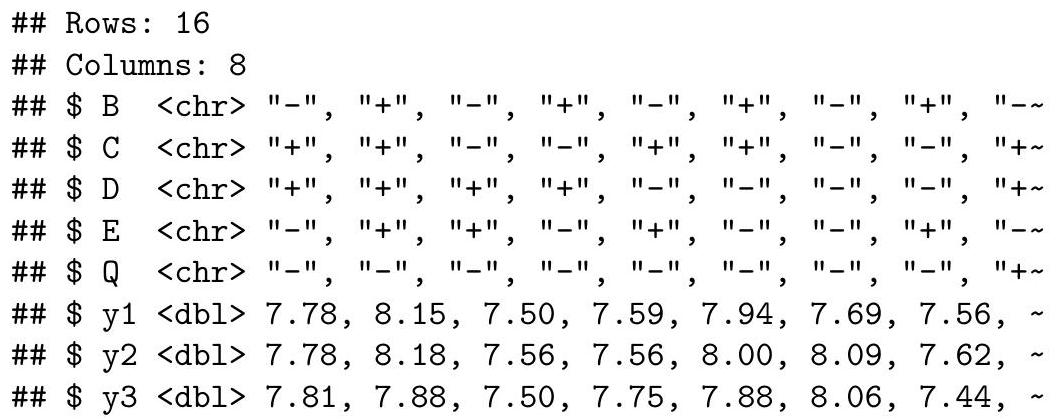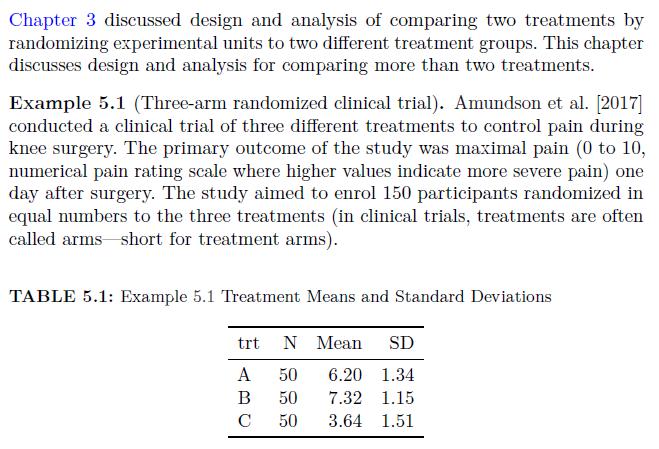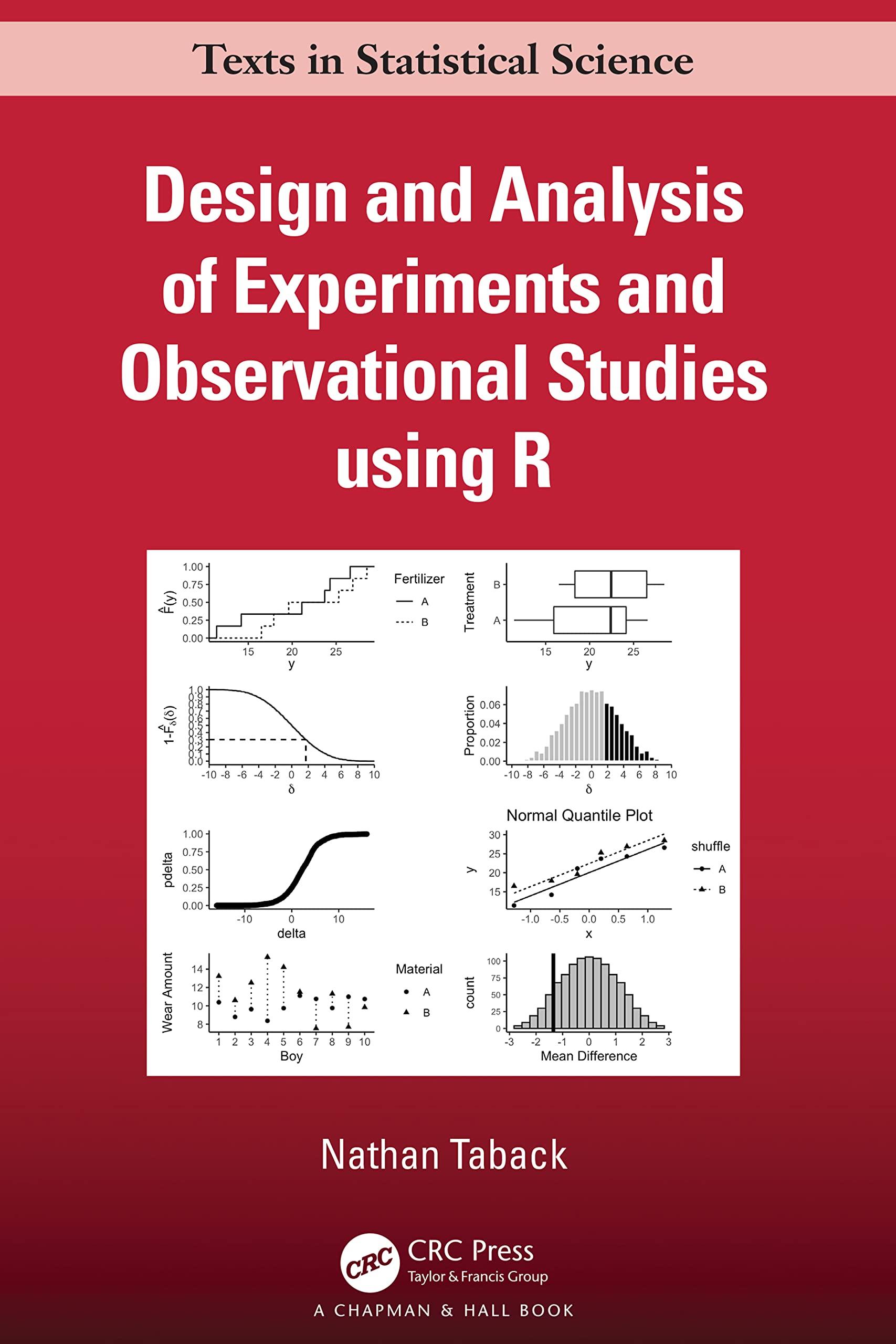This exercise is based on Section 5.1 of Wu and Hamada [2011]. An experiment to improve a
Question:
This exercise is based on Section 5.1 of Wu and Hamada [2011]. An experiment to improve a heat treatment process on truck leaf springs was conducted. The heat treatment that forms the camber in leaf springs consists of heating in a high temperature furnace, processing by forming a machine, and quenching in an oil bath. The free height of an unloaded spring has a target value of $8 \mathrm{in}$. The goal of the experiment is to make the variation about the target as small as possible.
The five factors studied in this experiment are shown below. The data are available in the data frame leafspring, where $\mathrm{y} 1, \mathrm{y} 2, \mathrm{y} 3$ are three replications of the free height measurements.
| Factor | Level |
|---|---|
| B. Temperature | $1840(-), 1880(+)$ |
| C. Heating time | $23(-), 25(+)$ |
| D. Transfer time | $10(-), 12(+)$ |
| E. Hold down time | $2(-), 3(+)$ |
| Q. Quench oil temperature | $130-150(-), 150-170(+)$ |
glimpse (leafspring, $\mathrm{n}=3$ )

Answer the questions below.
a. State the design.
b. What is the defining relation? Which of the factorial effects are aliased?
c. The goal of this experiment was to investigate which factors minimize variation of free height. Use the sample variance for each run as the dependent variable to estimate the factorial effects.
d. Which factorial effects have an important effect on free height variation?
Data from Section 5.1


......................
Step by Step Answer:

Design And Analysis Of Experiments And Observational Studies Using R
ISBN: 9780367456856
1st Edition
Authors: Nathan Taback





